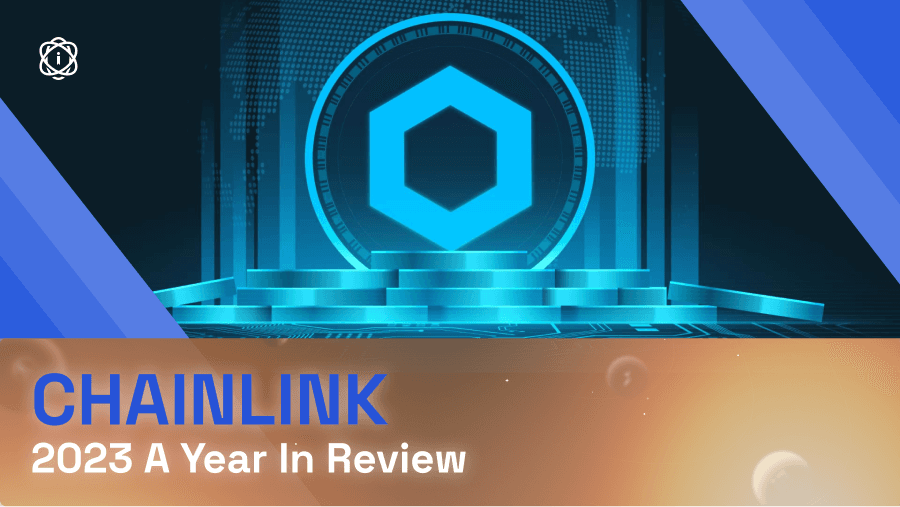As we move past the successful mainnet launch and token upgrade events, SEDA will focus on rolling out a long list of mainnet features. In line with the SEDA vision and learning from turbulent market conditions, the mainnet rollout is segmented into stages to ensure the highest quality launch. The mainnet launch continues smoothly with a current block height of over 145,000 and more than 114,000,000 SEDA delegated to validators.
SEDA The Modular Data Layer Begins Its Feature Rollout For A V1 MainnetBreaking Down The Rollout
The mainnet rollout for SEDA is a significant milestone, encompassing the features outlined in the SEDA lite paper. These features represent a V1 for the SEDA mainnet, and we’re excited to share that the rollout is scheduled across Q2 and Q3 of this year (2024).
Data Feed Programs
Programs allow builders to deploy customized data feeds on top of SEDA. A customized feed enables builders to configure the data they request to suit the specific needs of their application or network. Data programs will be executed by the Overlay Network.
Overlay Network
The Overlay Network is a network of nodes independent from the SEDA chain node-set. Overlay nodes highlight an opportunity for anyone, not just node operators, to spin up their node and begin participating in the network with as little as 1 SEDA. Overlay nodes are so light that users can spin a node on a browser.
Data Providers
Having already announced two leading data providers, Amberdata and Alterscope, SEDA will look to announce new data providers that will integrate with the network. Data types consumers can expect to see early on SEDA include price feed data, RPC data, and RWA data types.
Solvers
Solvers mark the final piece in the puzzle that will allow networks & protocols to begin issuing data requests on SEDA. Solvers monitor a relay between a SEDAproxy contract and the source consuming data. The data consumer issues a data request to the SEDAproxy contract, which is communicated to a Solver via a relay and subsequently published to the SEDA chain for processing. The result then goes from SEDA to a Solver, back to the SEDAproxy contract, and onwards to the data consumer via a final prover before settling.
OEV Capture
SEDA is an OEV-aware data layer enabling the network to capture OEV before it is leaked and redistribute the value back to network participants. While the exact mechanics are still being finalized internally, OEV capture is enabled by bundling transactions and auctioning back-running rights to searchers.
Follow The Rollout
SEDA will look to formalize a timeline towards the end of the month. To keep up with the latest announcements, timelines, and deployments, turn on the notifications for SEDA Twitter or join the SEDA Discord and monthly community calls.



